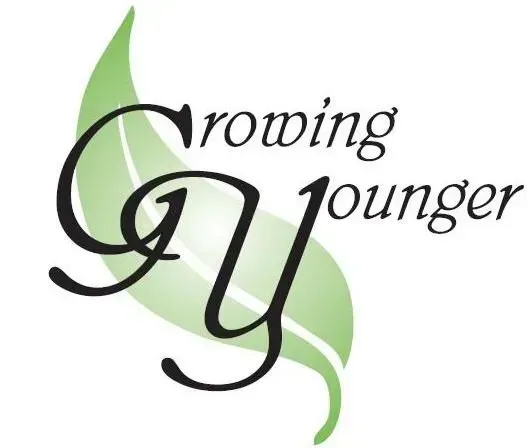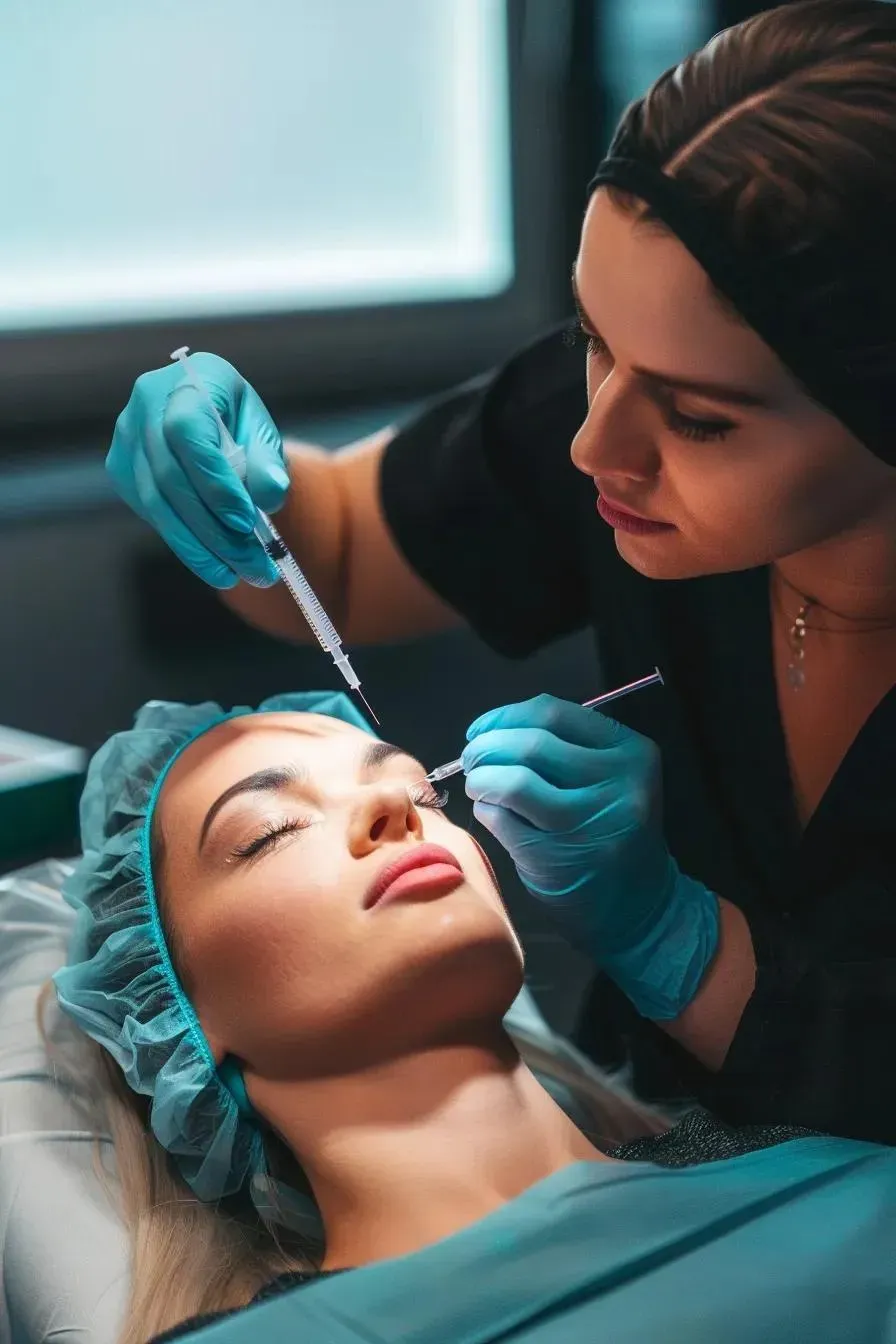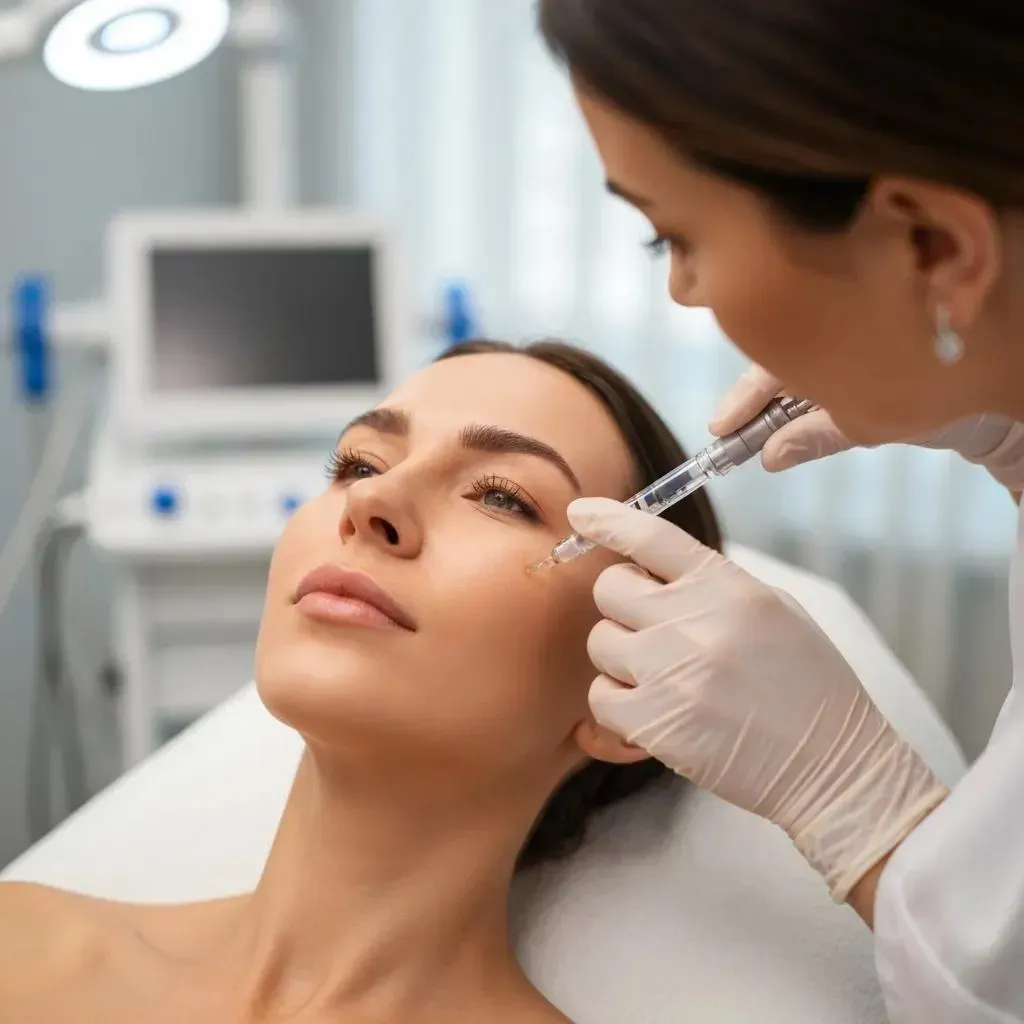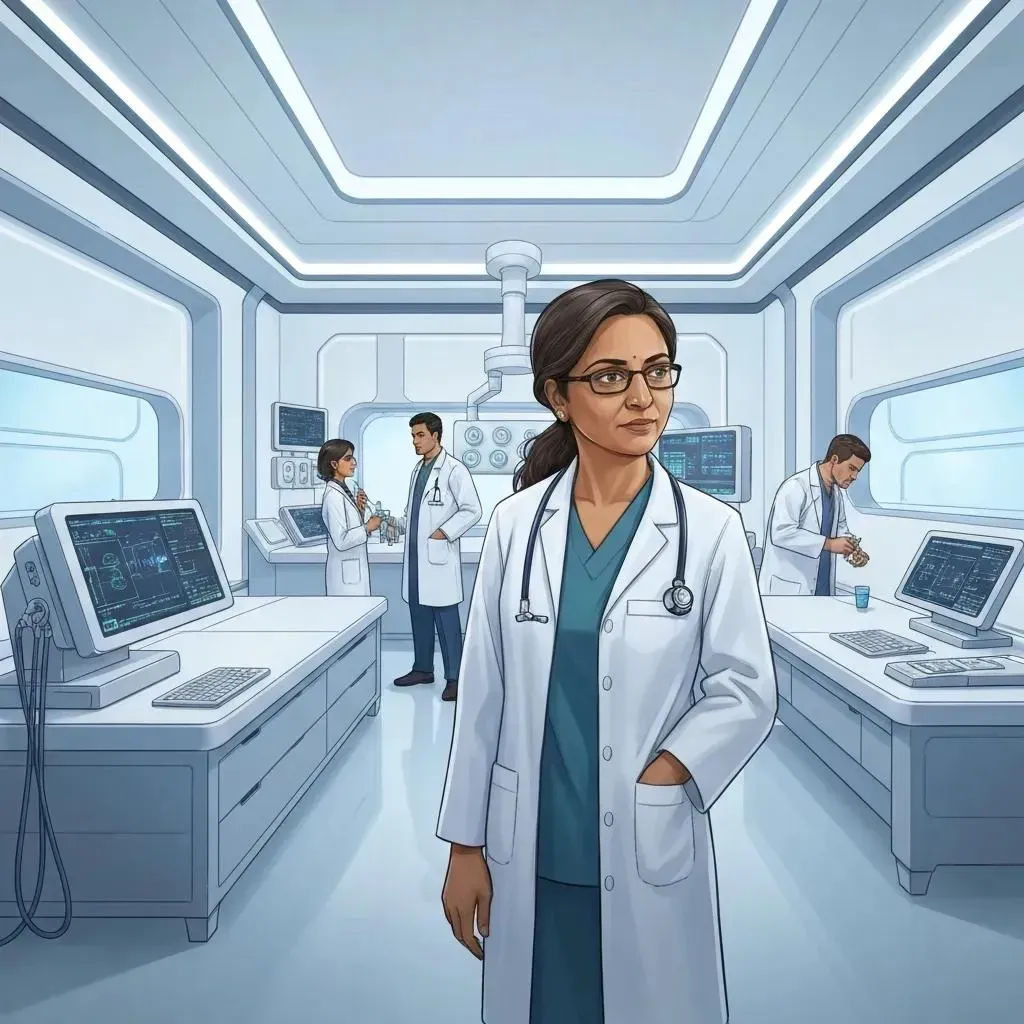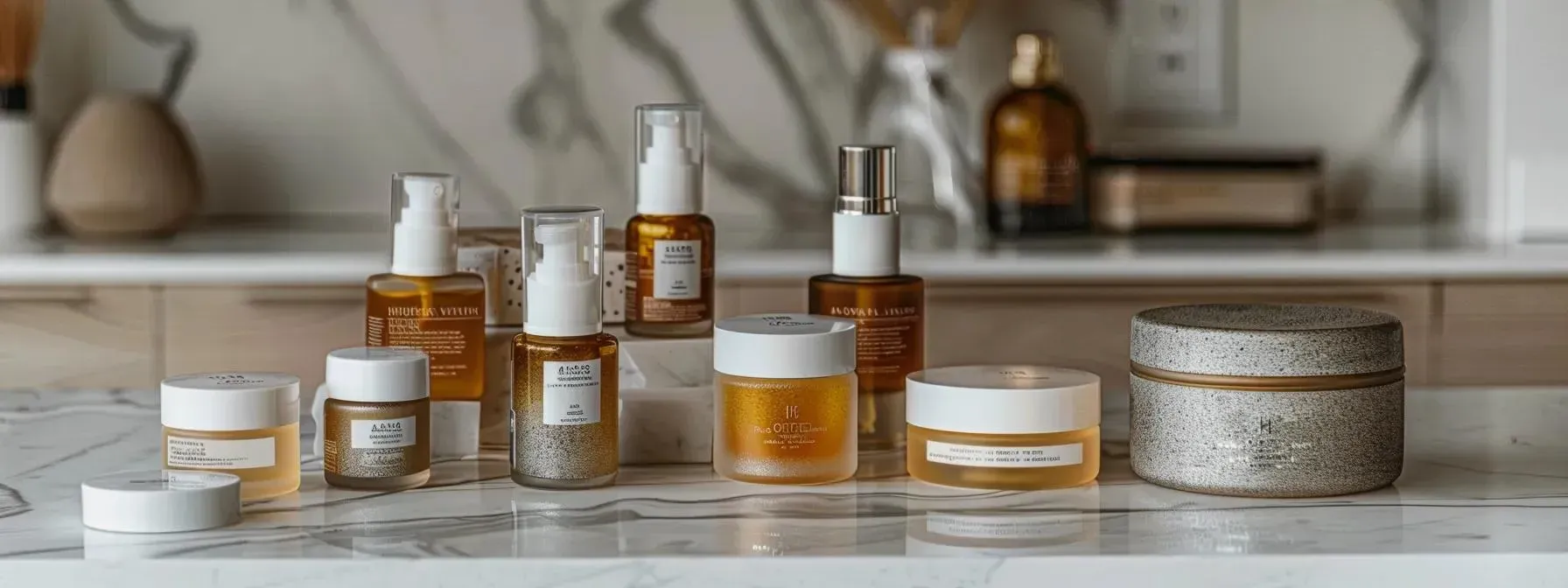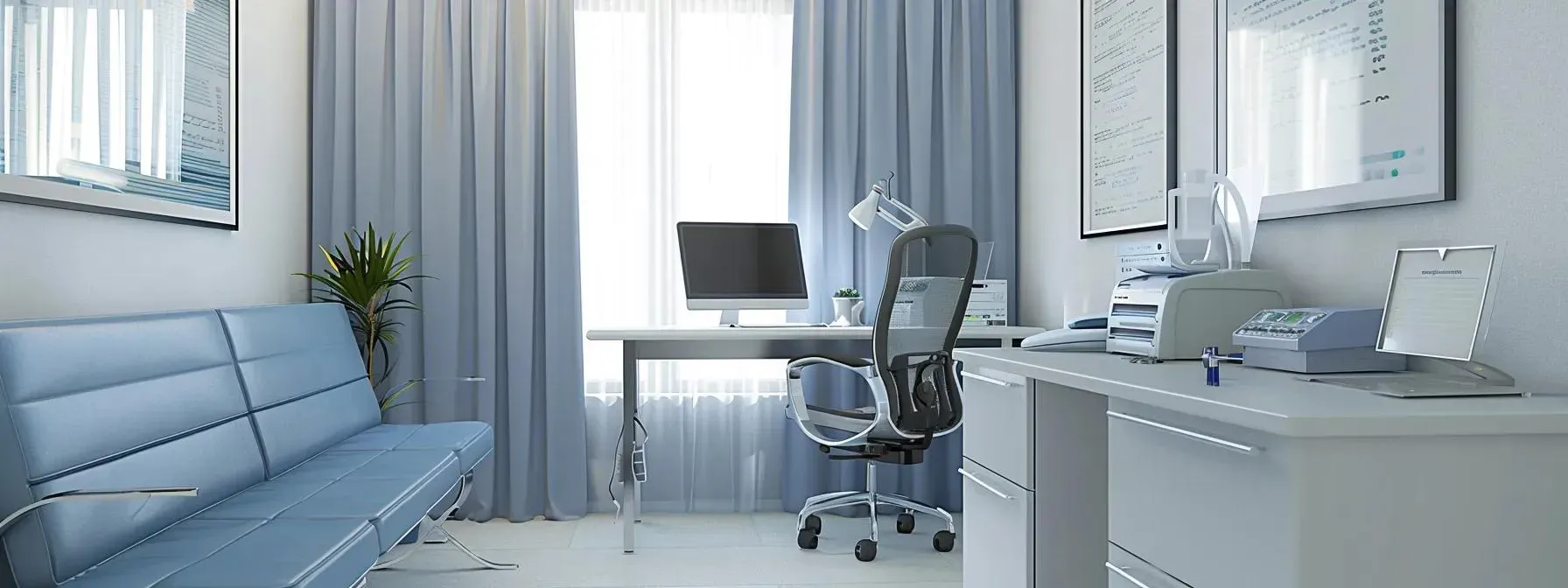Discover Top Massage Therapies for Chronic Pain Relief

Are you one of the millions struggling with persistent pain and tight muscles? Over 20% of adults face these challenges daily, impacting their ability to live fully. Finding the right massage therapy can be your key to targeted relief and renewed freedom of movement. This guide will explore the most effective massage techniques—including deep tissue, myofascial release, trigger point, therapeutic, and sports massage. You'll learn how each works, what conditions they best address, what to expect during a session, how to choose the perfect therapy for you, the broader wellness benefits, and how to book your complimentary consultation at Growing Younger Clinic LLC in Madison, AL. By the end, you'll have the knowledge to effectively reduce pain, release tension, and embrace a more vibrant, youthful you.
What Are the Most Effective Massage Therapies for Chronic Pain Relief?
The most effective massage therapies for chronic pain integrate precise pressure, deep connective tissue work, neuromuscular techniques, profound relaxation, and athletic recovery strategies. Each method targets specific tissue depths and pain pathways to maximize your relief.
How Does Deep Tissue Massage Target Chronic Back and Muscle Pain?

Deep tissue massage utilizes sustained, firm pressure on deeper muscle layers and connective tissues to release stubborn adhesions and chronic knots. By lengthening muscle fibers and boosting circulation, it effectively alleviates persistent back pain and helps realign your fascia and muscles. Many clients notice a progressive reduction in discomfort over several sessions as tension barriers dissolve and tissue flexibility returns.
What Is Myofascial Release and How Does It Reduce Muscle Tension?

Myofascial release employs gentle, sustained stretching of the fascia—your body's connective tissue network—to ease tightness and enhance tissue glide. This technique effectively reduces muscle tension by freeing fascial restrictions that often lead to stiffness and referred pain. Improved fascial mobility supports better posture over time and helps prevent the recurrence of tension patterns.
Myofascial Trigger Points and Their Association with Headache
Myofascial trigger points (TrPs) are hyperirritable loci within a taut band of skeletal muscle, eliciting local pain upon palpation. A TrP was classified as active if the participant identified the evoked pain as consistent with their familiar headache. Conversely, if the evoked referred pain was not recognized as familiar headache, the TrP was deemed inactive.
How Can Trigger Point Therapy Alleviate Localized Pain and Headaches?
Trigger point therapy precisely locates and applies direct pressure to hyper-irritable spots within muscles to deactivate them. By disrupting pain referral patterns, it offers relief from localized discomfort, including tension headaches and neck pain. Deactivating these trigger points helps restore normal nerve function and reduce muscle guarding.
Trigger Point Therapy for Tension-Type Headaches
Patients presenting with active trigger points demonstrate increased headache and neck pain severity. Manual therapy, encompassing trigger point therapy, represents a prevalent therapeutic modality for managing trigger points in individuals with tension-type headache.
What Benefits Does Therapeutic Massage Offer for Stress and Tension Relief?
Therapeutic massage combines classic Swedish techniques like effleurage and kneading to calm your nervous system, boost circulation, and encourage the release of endorphins. This comprehensive approach helps lower cortisol levels and relax muscle tension throughout your body, addressing both physical discomfort and emotional stress.
How Does Sports Massage Support Muscle Recovery and Prevent Tension?
Sports massage incorporates deep tissue work, stretching, and percussive techniques to enhance athletic performance, speed up recovery, and prevent injuries. By aiding the removal of lactic acid and increasing oxygen delivery to muscles, it effectively reduces post-exercise soreness and maintains muscle suppleness.
Before we dive deeper into each therapy, understanding their core differences is helpful.
| Therapy | Focus Area | Primary Benefit |
|---|---|---|
| Deep Tissue Massage | Deep muscles & fascia | Releases adhesions for profound pain relief |
| Myofascial Release | Fascial networks | Restores tissue mobility and eases tension |
| Trigger Point Therapy | Localized knots | Interrupts referred pain signals |
| Therapeutic Massage | Overall muscle relaxation | Reduces stress and enhances circulation |
| Sports Massage | Athletic muscles & recovery | Boosts performance and prevents injury |
Each of these approaches targets specific tissue depths and pain mechanisms, setting the stage to explore how massage works at a cellular and systemic level.
How Does Massage Therapy Work to Relieve Chronic Pain and Muscle Tension?
Massage therapy alleviates chronic pain through a combination of mechanical, circulatory, and biochemical effects that restore tissue health and rebalance your nervous system.
What Role Does Increased Blood Flow and Circulation Play in Pain Relief?
Enhanced blood flow delivers vital oxygen and nutrients to injured tissues, speeds up the removal of metabolic waste, and reduces pain caused by restricted circulation. Increased circulation also generates warmth in muscles, which helps soften tight fibers and decrease stiffness. Improved microcirculation supports faster tissue repair and greater resilience.
How Does Massage Reduce Inflammation and Promote Endorphin Release?
The mechanical pressure applied during massage helps to reduce pro-inflammatory signals and increase anti-inflammatory markers in soft tissues. Simultaneously, the rhythmic strokes and kneading stimulate the release of endorphins, your body's natural pain relievers, activating internal pain-inhibitory pathways for a lasting analgesic effect.
In What Ways Does Massage Help Break Down Muscle Adhesions and Knots?
Targeted pressure is applied to break down cross-linkages in collagen fibers and release myofascial adhesions. As these muscle knots dissolve, tissue glide is restored, and abnormal muscle tension patterns are resolved. This physical release reduces biomechanical stress on your joints and nerves, leading to a significant decrease in chronic discomfort.
How Does Regular Massage Improve Flexibility and Mobility?
Consistent massage sessions help lengthen muscle fibers, restore your joints' full range of motion, and reinforce the elastic qualities of your connective tissues. By maintaining optimal tissue suppleness, regular massage prevents compensatory movement patterns that often contribute to recurring pain and loss of mobility.
Together, these physiological mechanisms create a powerful cascade of benefits that enhance the effectiveness of each specialized massage therapy.
Which Chronic Pain Conditions Are Best Treated by Specific Massage Therapies?
Matching specific massage techniques to particular pain syndromes ensures you receive precise, condition-focused relief.
How Does Deep Tissue Massage Help with Lower Back Pain and Sciatica?
Deep tissue massage effectively loosens tight muscles in the lower back and releases fascial restrictions that may be compressing the sciatic nerve. By reducing nerve impingement and muscle guarding, it alleviates lower back pain and radiating sciatica symptoms while strengthening core muscle support.
Massage Therapy for Low Back Pain and Sciatica
The objective of this study was to determine if a structured massage therapy program could improve range of motion, reduce overall pain, and facilitate tissue healing in individuals experiencing low back pain and sciatica.
Can Myofascial Release Relieve Fibromyalgia and Widespread Muscle Pain?
Myofascial release is highly effective for addressing the widespread fascial restrictions often experienced with fibromyalgia, reducing overall stiffness and tender points. By improving tissue glide and hydration, it alleviates diffuse muscle discomfort and enhances the resilience of your soft tissues.
What Pain Points Does Trigger Point Therapy Address, Including Headaches?
Trigger point therapy targets and deactivates hyper-tight spots in the neck and shoulder muscles that commonly refer pain to the head. By releasing tension in suboccipital and trapezius trigger points, it interrupts headache pathways and reduces the muscle tension contributing to chronic migraines.
How Does Therapeutic Massage Support Stress-Related Muscle Tension?
Therapeutic massage helps lower stress hormones throughout your body, relaxes overactive muscles, and improves circulation in areas prone to tension, such as the neck, shoulders, and upper back. By easing muscle tightness, it breaks the cycle of stress-induced pain.
What Role Does Sports Massage Play in Managing Post-Exercise Muscle Soreness?
Sports massage aids in clearing metabolic byproducts from muscles after intense exercise, significantly reducing delayed-onset muscle soreness. It also helps restore the elasticity of muscle tissues, enabling athletes to manage training loads without developing chronic tension.
Understanding these connections between conditions and therapies will guide you toward the most effective treatment plan.
What Should You Expect During a Massage Therapy Session for Chronic Pain?
Knowing what to anticipate during your session will help you prepare mentally and physically for the best possible results.
How Long Does Each Type of Massage Typically Last?
Sessions for deep tissue, myofascial release, and sports massage typically range from 60 to 90 minutes to allow for thorough treatment. Therapeutic and trigger point sessions may be 45 to 60 minutes, focusing on specific problem areas. The duration of your appointment is tailored to your treatment goals and comfort.
What Sensations Are Common During Deep Tissue and Trigger Point Massage?
You can expect to feel firm pressure, warmth, and sometimes mild discomfort as adhesions are released. Trigger point therapy might cause referred sensations, such as tingling or brief aches, which indicate that the muscle knots are being effectively addressed.
How Should You Prepare for Your Massage Appointment?
Please arrive well-hydrated and wear comfortable clothing that allows easy access to the areas needing treatment. Be sure to communicate any specific pain points, existing medical conditions, or past injuries to your therapist. A brief initial consultation ensures your session is personalized to your needs.
What Aftercare Practices Enhance Massage Benefits?
Staying hydrated after your session, engaging in gentle stretching, and light movement can help maintain tissue flexibility and support the circulation of any residual inflammation. Applying heat or cold as recommended can further aid recovery and extend the pain-relief effects.
Having a clear understanding of your session's flow can reduce anxiety and maximize the therapeutic benefits.
How Do You Choose the Right Massage Therapy for Your Chronic Pain or Tension?
Selecting the most effective massage modality involves considering your specific pain type, overall health, and personal preferences.
What Factors Determine Which Massage Is Best for Your Condition?
Consider the severity and location of your pain, your underlying health condition, the depth of the affected tissues, and your preferred level of intensity. Deep, localized pain often responds best to deep tissue or trigger point therapy, while widespread stiffness and stress may benefit more from therapeutic or Swedish-style approaches.
Are There Any Contraindications or Risks to Consider?
Certain conditions, such as acute inflammation, open wounds, or uncontrolled high blood pressure, may require caution or make deep or intense massage unsuitable. Always disclose your complete medical history to ensure your treatment is safe and effective.
How Can a Personalized Consultation Improve Your Treatment Plan?
A professional assessment at Growing Younger Clinic LLC can pinpoint the specific drivers of your pain, identify postural imbalances, and consider lifestyle factors. This detailed evaluation allows us to create a customized therapy plan that may integrate multiple modalities for comprehensive relief.
What Questions Should You Ask Your Massage Therapist?
Feel free to ask about their training, experience with chronic pain conditions, the specific techniques they plan to use, and what to expect during your session. Inquiring about progress markers and recommended home-care strategies can empower you to track your improvements and actively participate in your recovery.
Receiving tailored guidance ensures your treatment plan is perfectly suited to your unique pain profile.
What Are the Additional Benefits of Massage Therapy Beyond Pain Relief?
Massage therapy offers a wealth of holistic wellness advantages that extend far beyond simply alleviating symptoms.
How Does Massage Reduce Stress and Improve Mental Well-Being?
By activating your parasympathetic nervous system, massage effectively lowers cortisol levels while boosting serotonin and dopamine. Clients often report improved mood, reduced anxiety, and greater resilience to everyday stressors.
Can Massage Improve Sleep Quality and Energy Levels?
The deep relaxation achieved through massage promotes more profound, restorative sleep. Balanced neuroendocrine activity supports sustained energy throughout the day, contributing to overall vitality and recovery from chronic fatigue.
How Does Massage Support Anti-Aging and Overall Wellness?
Regular massage enhances circulation and lymphatic flow, which helps deliver essential nutrients to your tissues and remove toxins. Improved tissue hydration and elasticity contribute to a more youthful appearance and align perfectly with holistic anti-aging goals.
What Role Does Improved Circulation Play in Skin and Tissue Health?
Enhanced microcirculation nourishes skin cells, stimulates collagen production, and supports healthy tissue regeneration. These aesthetic benefits complement the clinic’s integrative wellness approach, helping you achieve a younger, healthier appearance and feel.
The cumulative wellness benefits underscore why massage therapy is a vital component of comprehensive health and wellness programs.
How Can You Schedule a Free Consultation for Massage Therapy at Growing Younger Clinic LLC in Madison, AL?
Taking the first step toward lasting relief from chronic pain is straightforward and designed with your comfort in mind.
What Is the Process for Booking Your First Appointment?
Simply contact our clinic to arrange a complimentary consultation. During this session, a licensed therapist will carefully review your pain history and discuss your wellness aspirations. This allows us to create a personalized treatment plan and recommend the most suitable massage modalities for you.
What Should New Clients Know About Growing Younger Clinic’s Massage Services?
At Growing Younger Clinic LLC, we embrace a holistic philosophy, integrating massage therapy with our advanced anti-aging and weight management programs. Our clients benefit from highly individualized care plans focused on restoring function, reducing pain, and enhancing overall well-being.
How Does the Clinic Personalize Massage Treatments for Chronic Pain?
Our skilled therapists expertly blend techniques like deep tissue, myofascial release, and trigger point therapy based on your unique assessment. We meticulously adjust pressure, duration, and the sequence of modalities to ensure each session precisely addresses your evolving needs and maximizes your relief.
Where Is Growing Younger Clinic Located and What Are the Contact Details?
You can find us at 8103 Highway 72 W, Suite C, Madison, AL 35758. To schedule your complimentary consultation, please call our office during business hours or visit us in person at our Madison, AL location to request an appointment.
Achieving pain relief through targeted massage involves a sophisticated interplay of mechanical release, enhanced circulation, and neurochemical modulation to restore both comfort and function. Each specialized modality, from deep tissue to sports massage, is designed to address distinct pain mechanisms and conditions, while our therapeutic sessions nurture holistic wellness and support your anti-aging goals. Personalized consultations at Growing Younger Clinic LLC ensure your treatment plan is perfectly aligned with your unique pain profile, guiding you toward a younger, healthier state of being. Start easing your chronic pain and tension today by scheduling your free consultation and reclaim a life free from persistent discomfort.
